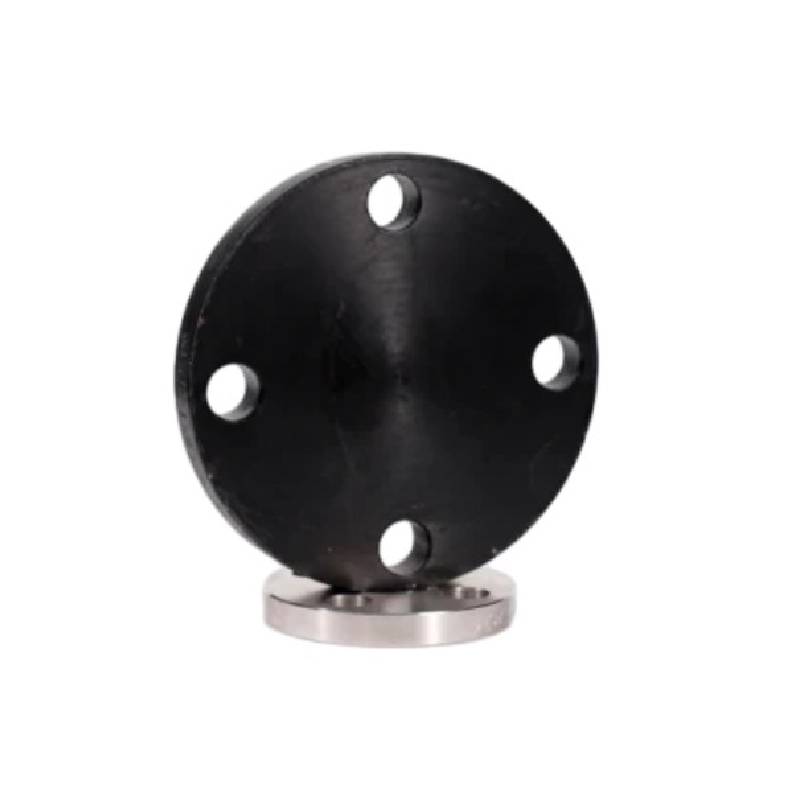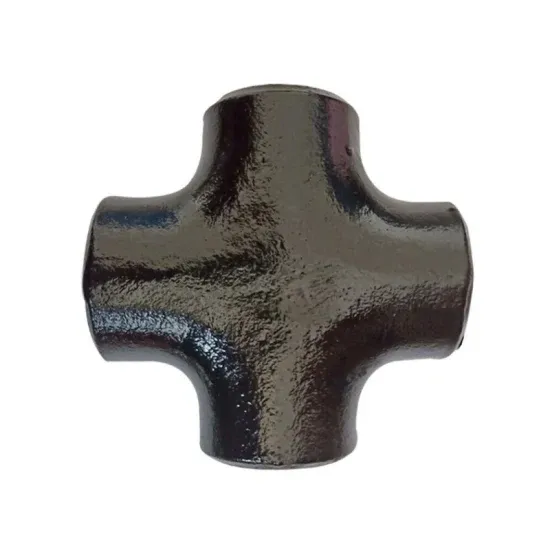-
Cangzhou Yulong Steel Co., Ltd.
-
Phone:
+86 13303177267 -
Email:
admin@ylsteelfittings.com
- English
- Arabic
- Italian
- Spanish
- Portuguese
- German
- kazakh
- Persian
- Greek
- French
- Russian
- Polish
- Thai
- Indonesian
- Vietnamese
- Zulu
- Korean
- Uzbek
- Hindi
- Serbian
- Malay
- Ukrainian
- Gujarati
- Haitian Creole
- hausa
- hawaiian
- Hebrew
- Miao
- Hungarian
- Icelandic
- igbo
- irish
- Japanese
- Javanese
- Kannada
- Khmer
- Rwandese
- Afrikaans
- Albanian
- Amharic
- Armenian
- Azerbaijani
- Basque
- Belarusian
- Bengali
- Bosnian
- Bulgarian
- Catalan
- Cebuano
- China
- China (Taiwan)
- Corsican
- Croatian
- Czech
- Danish
- Esperanto
- Estonian
- Finnish
- Frisian
- Galician
- Georgian
- Kurdish
- Kyrgyz
- Lao
- Latin
- Latvian
- Lithuanian
- Luxembourgish
- Macedonian
- Malgashi
- Malayalam
- Maltese
- Maori
- Marathi
- Mongolian
- Myanmar
- Nepali
- Norwegian
- Norwegian
- Occitan
- Pashto
- Dutch
- Punjabi
- Romanian
- Samoan
- Scottish Gaelic
- Sesotho
- Shona
- Sindhi
- Sinhala
- Slovak
- Slovenian
- Somali
- Sundanese
- Swahili
- Swedish
- Tagalog
- Tajik
- Tamil
- Tatar
- Telugu
- Turkish
- Turkmen
- Urdu
- Uighur
- Welsh
- Bantu
- Yiddish
- Yoruba

ліп . 07, 2025 05:18 Back to list
ANSI 900 Flange Supplier – High Quality Class 900 Flanges for Industrial Applications
- Introduction: The Importance of ANSI 900 Flange in Industrial Applications
- Technical Specifications and Data Insights
- Material Selection and Manufacturing Advantages
- Leading Manufacturers: Comparative Overview
- Customization Approaches for Unique Requirements
- Industry Case Studies: Real-World Applications
- Conclusion: Why Choosing the Right ANSI 900 Flange Matters

(ansi 900 flange)
Introduction: Unveiling the Role of ANSI 900 Flange in Modern Industries
When tackling demanding pipeline systems for oil, gas, and chemical sectors, the ansi 900 flange
stands as a robust connector designed for high-pressure scenarios. Its significance goes beyond mere maintenance tasks—it fortifies pipeline integrity, enhances industrial operation safety, and accommodates rigorous process demands. As industries prioritize durability and leak prevention, the reliance on flange ansi 900 has surged. Organizations moving towards smarter infrastructure often integrate these components proactively, mitigating both risk and operational downtime. Understanding the structural and engineering prowess of these flanges is crucial for procurement specialists, design engineers, and operations managers striving to ensure system reliability.
Technical Specifications and Data Insights
To assess the suitability of ansi class 900 flanges, it is essential to analyze precise metrics. The ANSI 900 standard defines flanges for systems up to 1500 psi, with temperature ratings up to 538°C (1000°F) when using suitable materials. Diameters typically range from 1/2” (15mm) to 24” (600mm), accommodating seamless integration for pipelines of various scales. Permissible pressure varies with temperature and material composition—carbon steel, stainless, or alloy options exert significant influence.
| Parameter | ANSI 900 Flange | ANSI 600 Flange |
|---|---|---|
| Rated Pressure | 1500 psi (103 bar) | 900 psi (62 bar) |
| Temperature Range | -29°C to 538°C | -29°C to 538°C |
| Common Sizes | 1/2” to 24” (DN15 - DN600) | 1/2” to 24” (DN15 - DN600) |
| Bolt Holes | 4-16 (pattern varies by size) | 4-16 (pattern varies by size) |
| Weight Example (12”) | ~79 kg | ~55 kg |
These mechanical properties ensure ANSI 900 flanges outperform standard variants. They are typically applied in severe conditions, including offshore platforms and high-capacity refineries.
Material Selection and Manufacturing Advantages
Material selection stands as a foundation for long-term performance and cost savings. Most ansi class 900 flanges are crafted from forged carbon steel (A105), stainless types (304/316), or duplex alloys for improved corrosion resistance. Forging densifies the grain structure, producing high-yield-strength components that withstand cyclical stress. CNC machining further ensures dimensional precision—flanges are then meticulously heat-treated to eliminate residual stress.
Manufacturers implement zero-defect policies by employing ultrasonic testing, magnetic particle inspection, and pressure testing to guarantee every flange’s integrity. Additionally, surface finishes—such as anti-corrosive coatings or passivation—support extended operational life, particularly in aggressive chemical or marine environments. As a result, plant turnaround times and unplanned leak-related shutdowns are minimized, offering annual savings of up to 20% compared with lower-rated connectors.
Leading Manufacturers: Comparative Overview
The global flange market encompasses key players with distinct strengths, allowing buyers to select products based on strategic criteria like product range, compliance, and after-sales support. Here is a technical comparison:
| Manufacturer | Country | Certifications | Annual Output (pcs) | Lead Time (weeks) | Warranty |
|---|---|---|---|---|---|
| Viega | Germany | ISO 9001, PED 2014/68/EU | 120,000 | 4-6 | 5 years |
| Bonney Forge | USA | ASME, API, ISO 14001 | 95,000 | 5-7 | 3 years |
| Metalfar | Italy | API 6A, ISO 9001 | 110,000 | 6-8 | 4 years |
| Yingda | China | CE, ISO 9001 | 150,000 | 4-5 | 2 years |
The comparative analysis highlights that German and Italian providers excel in reliability and technical documentation, while American suppliers typically focus on bespoke solutions and rapid delivery. Asian manufacturers compete strongly in volume-based pricing and speed. The decision hinges on required certifications, regional compliance mandates, and project-specific timelines.
Customization Approaches for Unique Requirements
Every pressure-containing system has distinct operating conditions, and generic flanges rarely suffice for specialized needs. Modern engineering services now incorporate advanced customization—from face types (raised, flat, ring-type joint) to wall thickness, gasket compatibility, and oversized bolt patterns. Specifiers can request non-standard dimensions, alloys tailored for cryogenic or high-acidity service, and even embedded sensors for digital monitoring.
State-of-the-art CNC machines and rapid prototyping ensure that design iterations are completed 30% faster than a decade ago. Upon order submission, customers can preview 3D CAD models, simulate flow-induced stress, and digitally validate fitments. Documentation typically includes PMI (Positive Material Identification), full traceability, and batch-specific test certificates—facilitating both audits and HAZOP (Hazard and Operability) studies.
Industry Case Studies: Real-World Applications
The proven performance of flange ansi 900 warrants its use in mission-critical installations:
- Petrochemical Offshore Platforms (Gulf of Mexico): In a 2021 upgrade project, ANSI 900 flanges were specified for main oil export pipelines, enabling seamless operation under surge pressures of 1200 psi, with zero failures recorded across two hurricane seasons. Downstream monitoring reported a leakage reduction to less than 0.001%—improving safety ratings and savings of $9.5 million annually.
- Refining Industry (Rotterdam Refinery, Netherlands): Deployed in critical heat exchangers, these flanges allowed for maintenance intervals to be extended from 24 to 36 months, reducing scheduled downtime by 15% and boosting throughput stability.
- Liquefied Natural Gas (LNG) Terminals (Qatar): ANSI class 900 was chosen for both cryogenic and high-temperature zones, with a blend of stainless and duplex flanges. The dual-material approach provided lifecycle cost reductions and resisted chloride-induced stress corrosion, traditionally observed in these marine-terminal settings.
These case studies underscore the importance of matching flange class to site realities. As process complexity increases, so does the need for verifiable engineering standards in every connection point.
Conclusion: Enhancing Reliability with ANSI 900 Flange
The ansi 900 flange remains the backbone of safe, high-pressure pipeline construction in industries where precision and consistency are non-negotiable. Data illustrates that judicious selection based on material, manufacture, and supplier compliance translates directly into measurable operational, environmental, and financial returns. From high-performance alloys and rigorous testing protocols to tailored engineering and swift global logistics, the modern flange is an evolved product, shaped by decades of industry feedback and innovation.
Decision makers are encouraged to review system needs against the latest ANSI standards, evaluate potential vendors using impartial criteria, and embrace custom options where required. Strategic investment in premium class 900 flanges protects both infrastructure and reputation—delivering peace of mind in every sealed joint.

(ansi 900 flange)
FAQS on ansi 900 flange
Q: What is an ANSI 900 flange?
A: An ANSI 900 flange is a pipe flange designed in accordance with ANSI standards and has a pressure rating of 900 pounds per square inch. It is commonly used in high-pressure piping systems. The "900" refers to its pressure class.Q: What materials are commonly used for flange ANSI 900?
A: Flange ANSI 900 is typically made from carbon steel, stainless steel, or alloy steel. The choice depends on the application and required durability. Material selection should match the fluid type and operating conditions.Q: How is ANSI class 900 different from other ANSI flange classes?
A: ANSI class 900 refers to a specific pressure rating, higher than classes such as 150, 300, or 600. It is designed for more demanding, high-pressure systems. The dimensions and thickness increase accordingly to handle the pressure.Q: Where are ANSI 900 flanges commonly used?
A: ANSI 900 flanges are widely used in oil and gas, petrochemical, and power plant industries. They're ideal for high-pressure pipelines. Their robust design ensures safety in rigorous environments.Q: Can ANSI 900 flange be connected to other pressure classes?
A: ANSI 900 flange should ideally only connect to flanges of the same pressure class to ensure a proper seal and safety. Mixing classes can lead to leakage or failure. Always check compatibility before installation.Latest news
-
ANSI 150P SS304 SO FLANGE
NewsFeb.14,2025
-
ASTM A333GR6 STEEL PIPE
NewsJan.20,2025
-
ANSI B16.5 WELDING NECK FLANGE
NewsJan.15,2026
-
ANSI B16.5 SLIP-ON FLANGE
NewsApr.19,2024
-
SABS 1123 FLANGE
NewsJan.15,2025
-
DIN86044 PLATE FLANGE
NewsApr.19,2024
-
DIN2527 BLIND FLANGE
NewsApr.12,2024
-
JIS B2311 Butt-Welding Fittings LR/SR 45°/90° /180°Seamless/Weld
NewsApr.23,2024











